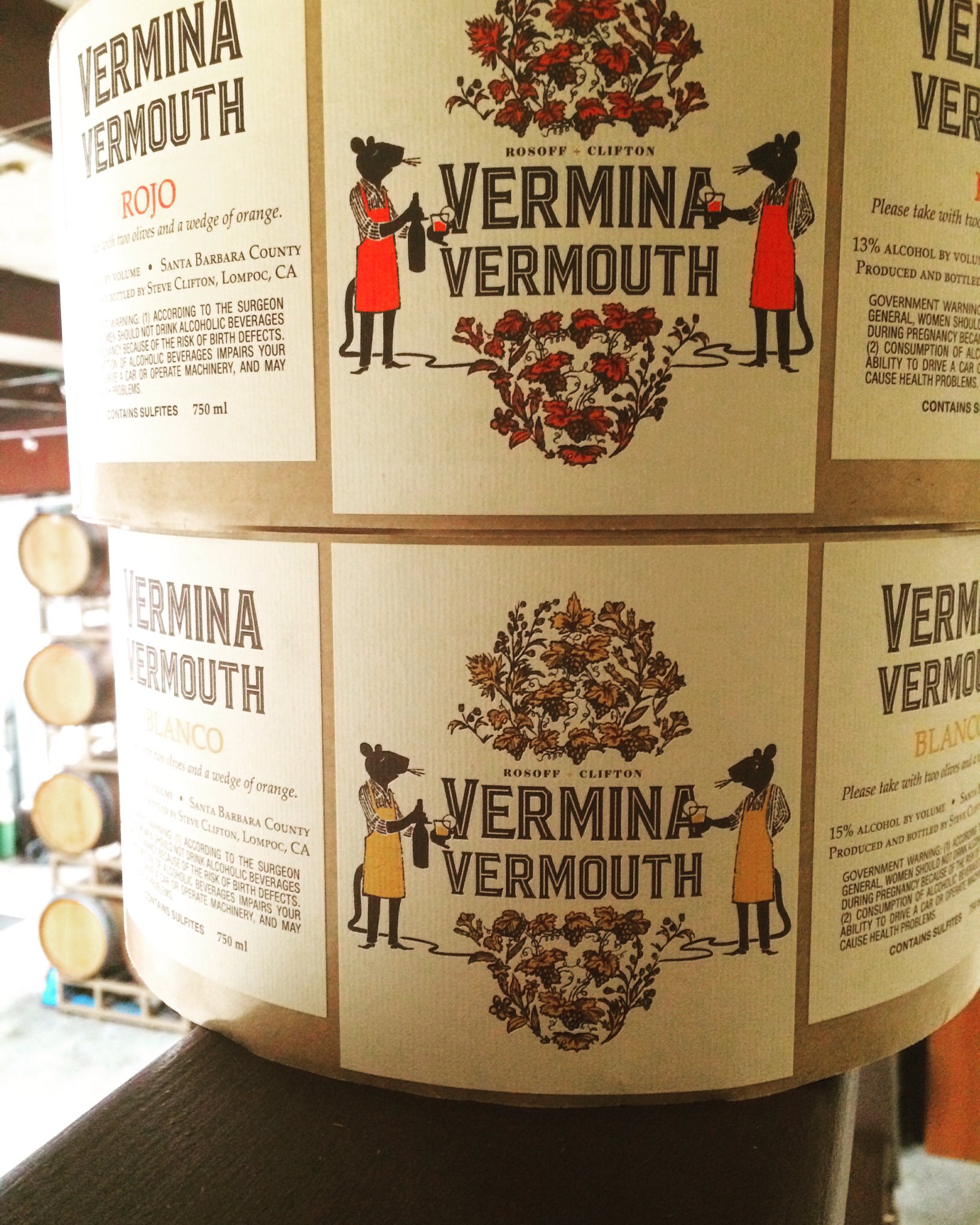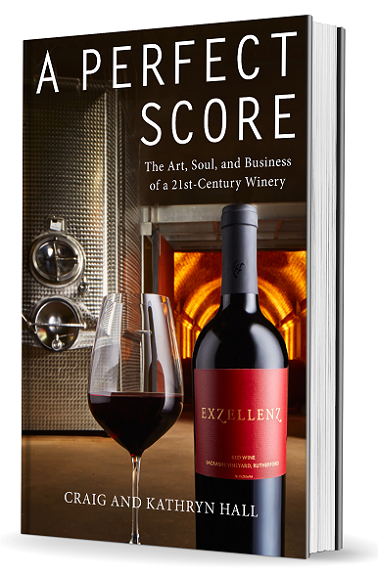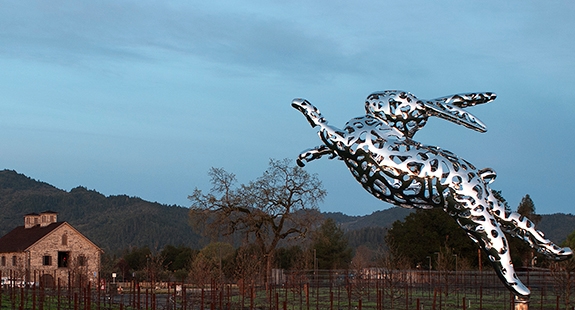The Roussillon region allows nearly two dozen grape varieties to be used in winemaking. The Cazes vineyards produce such grape varieties as Muscat of Alexandria, Muscat Petit Grain, Macabeu, Vermentino, Grenache Blanc, Syrah, Grenache Noir, Mourvèdre, Merlot, Cabernet Sauvignon, Cabernet Franc, Tannat, Viognier and Carignan.
The Cazes vineyards are biodynamically free of pesticides and insecticides, and they claim to act upon "the true expression of the soil and the plant in their natural environment." They make Vins de pays, Côtes du Roussillon, Côtes du Roussillon Villages, Rivesaltes and Muscat de Rivesaltes wines at the Cazes facility.
The 1997 Ambré is described as a natural sweet wine, of vintage 1997. 100% Grenache Blanc juice is aged in oaken vats for 15 years, and is fortified to 16% abv.
This wine is beautifully brown - Cazes calls it amber, of course - and it looks even darker in color than a Newcastle. The nose is a dessert unto itself. Baked raisins, brown sugar and molasses are right up front, and the top of the glass throws a little smoke our way. The palate is as rich as we might expect after getting a whiff of the aromas. It is fairly viscous and has medium-high acidity, with a sherry-esque flavor that highlights the raisins. A salty note sails right into the finish, which is just as much a delight as the nose and the palate.
Pair it with a thick slice of cinnamon-raisin bread for either a lush dessert or a holiday breakfast.
Follow Randy Fuller on Twitter




